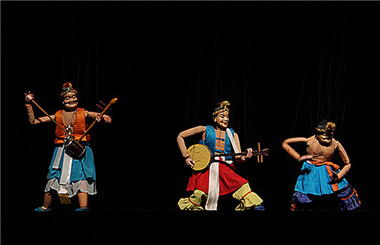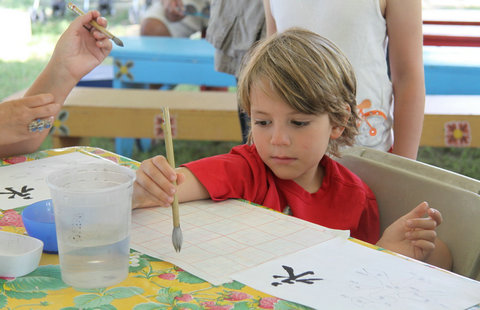Using Chinese characters to promote culture through imagery
By Yang Yang ( China Daily ) Updated: 2015-11-18 08:01:56
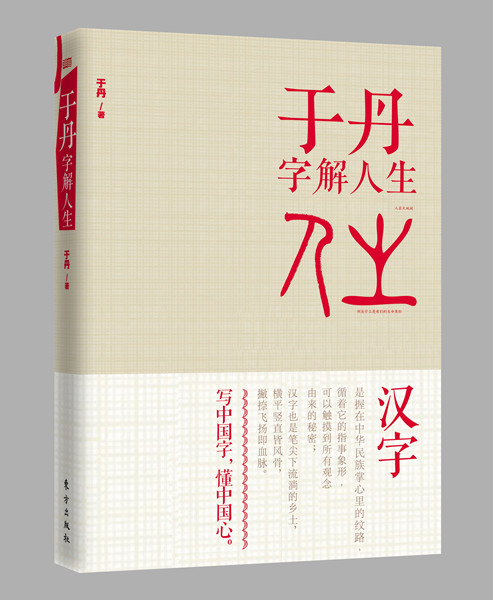 |
|
Yu's new book Yu Dan Interprets Life Using Chinese Characters. [Photo provided to China Daily] |
Hanzi (Chinese characters) are not difficult to understand and learn if studied from the aesthetic perspective of pictographs and as a carrier of Chinese culture, says Yu Dan, a spokeswoman for traditional Chinese culture and professor at Beijing Normal University.
Earlier this year, she published Yu Dan Zijie Rensheng (Yu Dan Interprets Life Using Chinese Characters).
"Hanzi is a good medium for us to tell Chinese stories," she says.
In the book, Yu combines the evolution of hanzi with that of Chinese society to interpret the meaning of hanzi and the cultural connotations.
At the end of October, Yu hosted a cultural event at the headquarters of the United Nations Educational, Scientific and Cultural Organization in Paris, which focused on how to use hanzi, especially through design, to explore their external and internal beauty.
The activity was co-hosted by the Beijing Institute of Culture Innovation and Communication and Dongdao Creative Branding Group.
At the event, ambassadors and senior officials from UNESCO, Greece and other countries played a game to piece two components together to form a Chinese character, with every character having the heart component.
"This year, we focused on the hanzi component xin (heart)," says Yu, 50.
Xin covers many thoughts including mercy (cibei) and will (yizhi). They come from the heart because the characters in these words have heart as the base, she says.
"It might be difficult to talk about Taoism and Confucianism, but if you analyze a Chinese character, you will find it's like a picture, a pattern, referring to a certain thought in Taoism and Confucianism," she says.
|
|
|
|
|
|
|
|
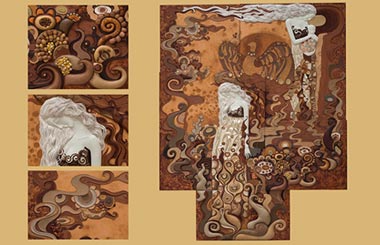
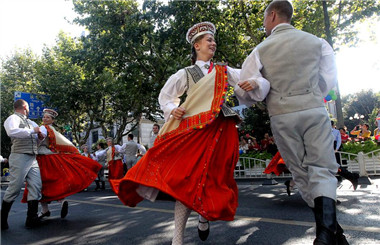

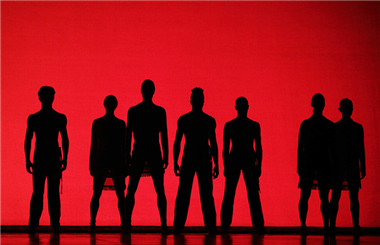


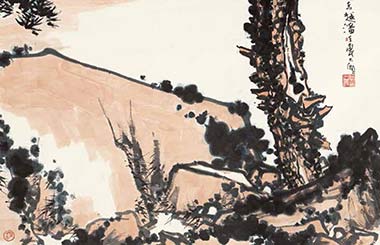
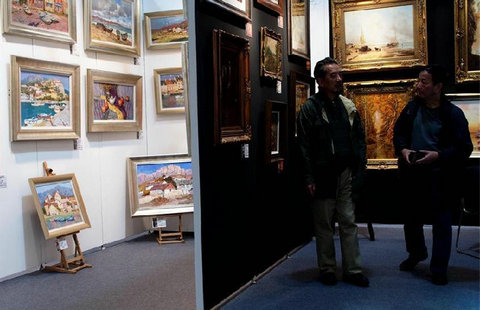










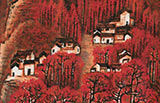




 Raymond Zhou:
Raymond Zhou: Pauline D Loh:
Pauline D Loh: Hot Pot
Hot Pot Eco China
Eco China China Dream
China Dream China Face
China Face




